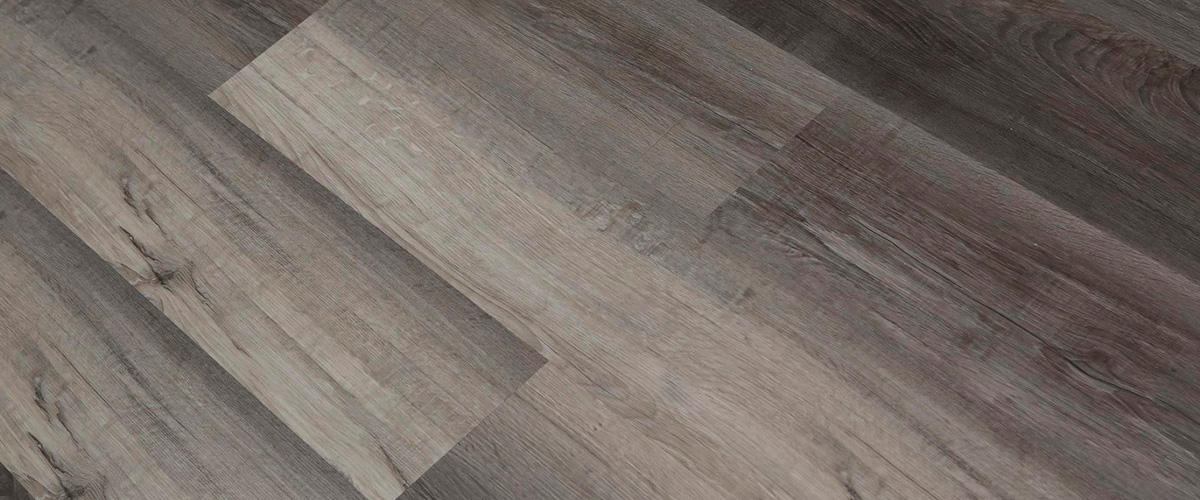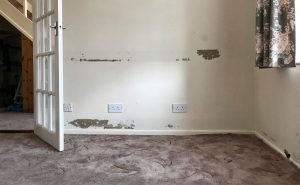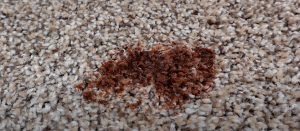Vinyl flooring has become particularly popular over the past few years. Many types of vinyl flooring closely mimic tiles, marble, stone, fabric, and other designs. From a variety of dimensions and textures, it is easy to choose products that fit optimally into the interior.
In this article, we will describe in detail what design features vinyl tiles have and what are their disadvantages.
What is vinyl flooring?
Vinyl flooring is a water-resistant and durable PVC-based floor covering. It is a multi-layer flooring, just like laminate. The number of layers in the structure may vary depending on the manufacturer. But be sure to have:

Disadvantages of vinyl flooring
Vinyl flooring appeared in the second half of the last century. Over the years, it has significantly changed and gradually acquired those unique characteristics that guaranteed its popularity today. They are used in offices, industrial facilities, and apartments. But since the material is completely artificial, it is worth mentioning its shortcomings.
Given the composition of the vinyl flooring, it is impossible to consider it environmentally friendly. This entails several problems at once:

Besides, vinyl tiles are tough, durable, and airtight. But due to these qualities, the dismantling of the floor covering is associated with difficulties. Even if only a small area of the floor is damaged, it cannot be replaced. All vinyl will have to be removed. And due to the thinness of the coating, it is impossible to warm the vinyl floor. The floor will have to be additionally insulated, which will lead to an increase in the cost of repairs.














